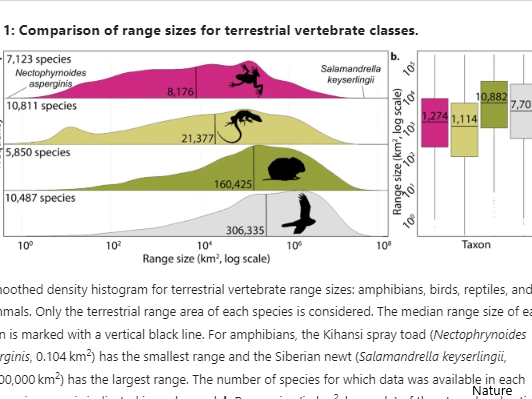
Initiatives to protect 30% of Earth by 2030 prompt evaluation of how to efficiently target shortcomings in the global protected area (PA) network. Focusing on amphibians, the most vulnerable vertebrate class, we illustrate the conservation value of microreserves, a term we employ here to refer to reserves of <10 km2. We report that the network continues to under-represent threatened amphibians and that, despite this clear shortcoming in land-based conservation, the creation of PAs protecting amphibians slowed after 2010. By proving something previously assumed–that amphibians generally have smaller ranges than other terrestrial vertebrates–we demonstrate that microreserves could protect a substantial portion of many amphibian ranges, particularly threatened species. We find existing microreserves are capable of hosting an amphibian species richness similar to PAs 1000–10,00X larger, and we show that amphibians’ high beta diversity means that microreserves added to a growing PA network cover amphibian species 1.5—6x faster than larger size categories. We propose that stemming global biodiversity loss requires that we seriously consider the conservation potential of microreserves, using them to capture small-range endemics that may otherwise be omitted from the PA network entirely.
Read more














